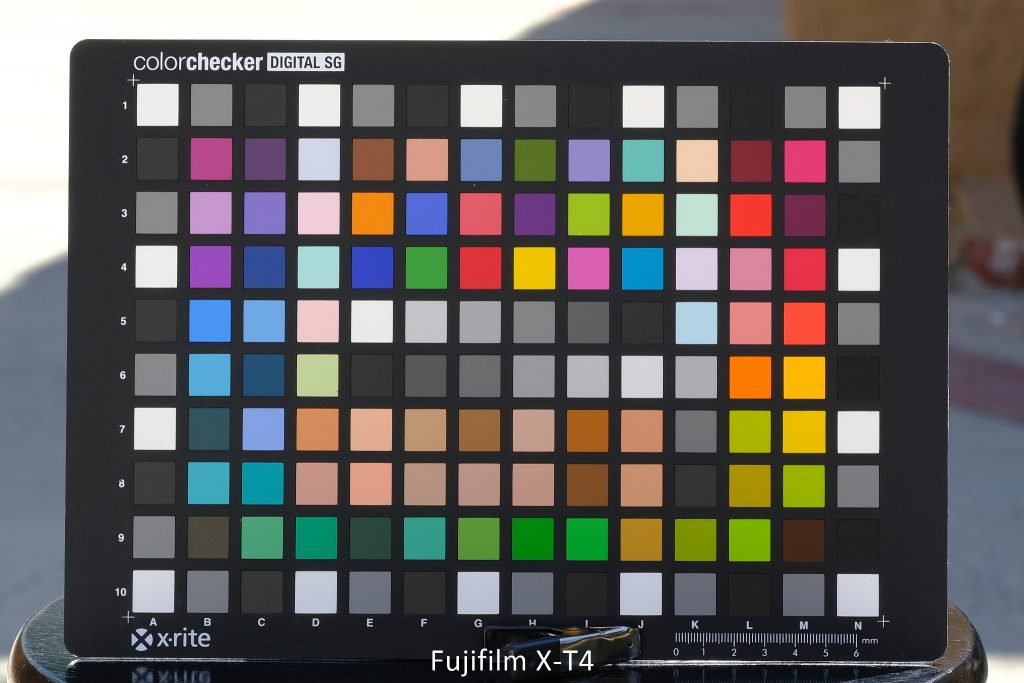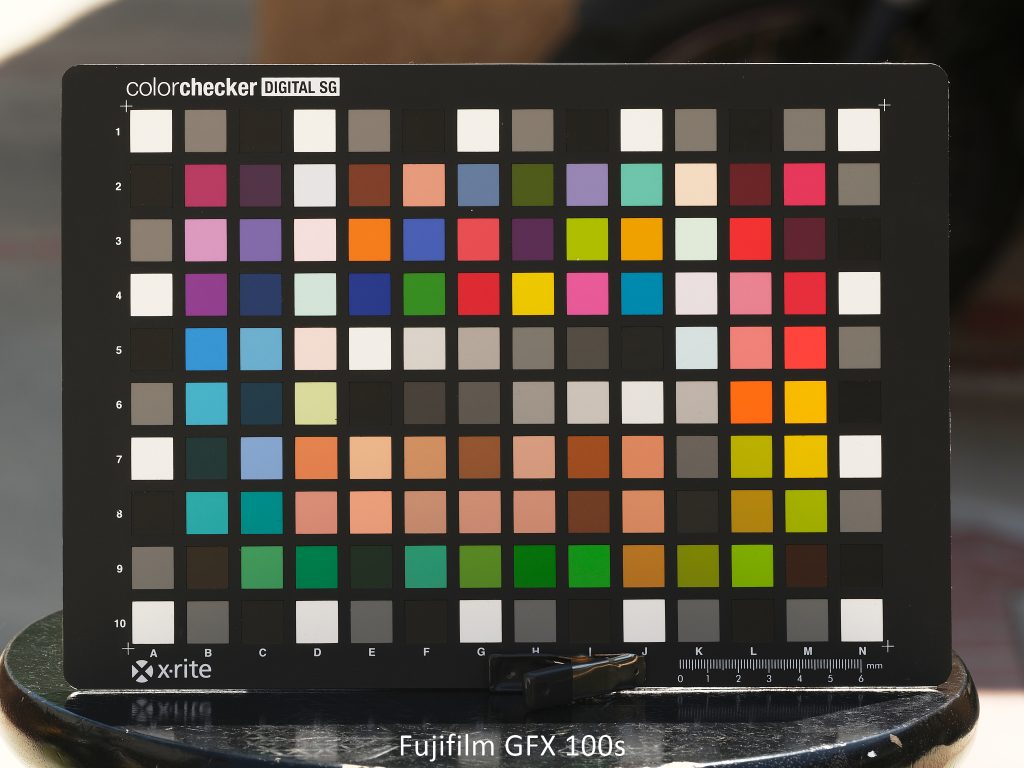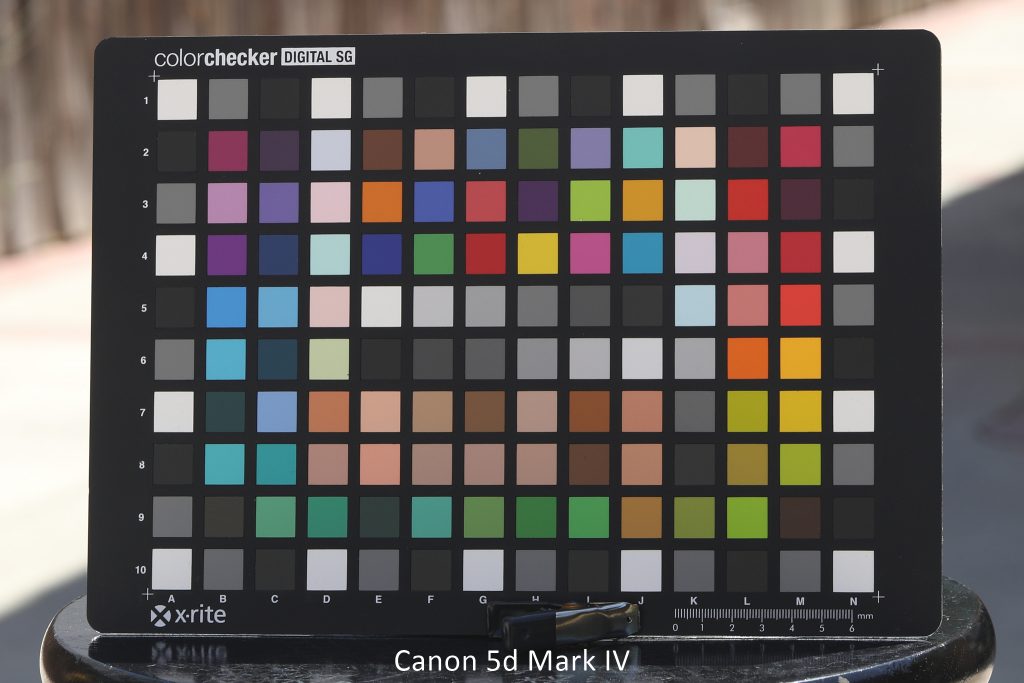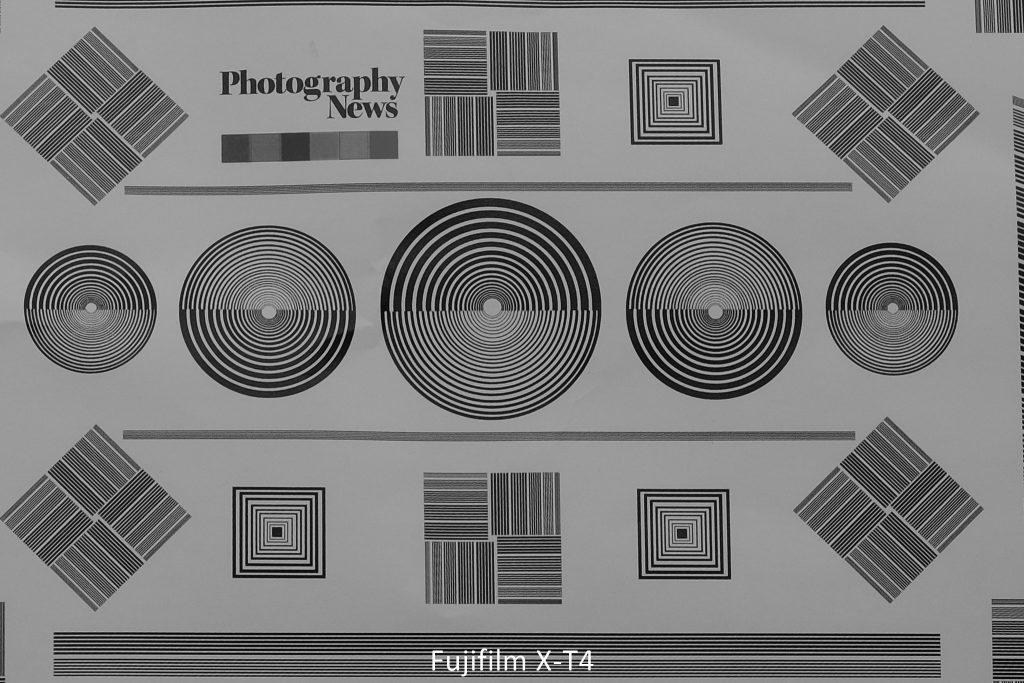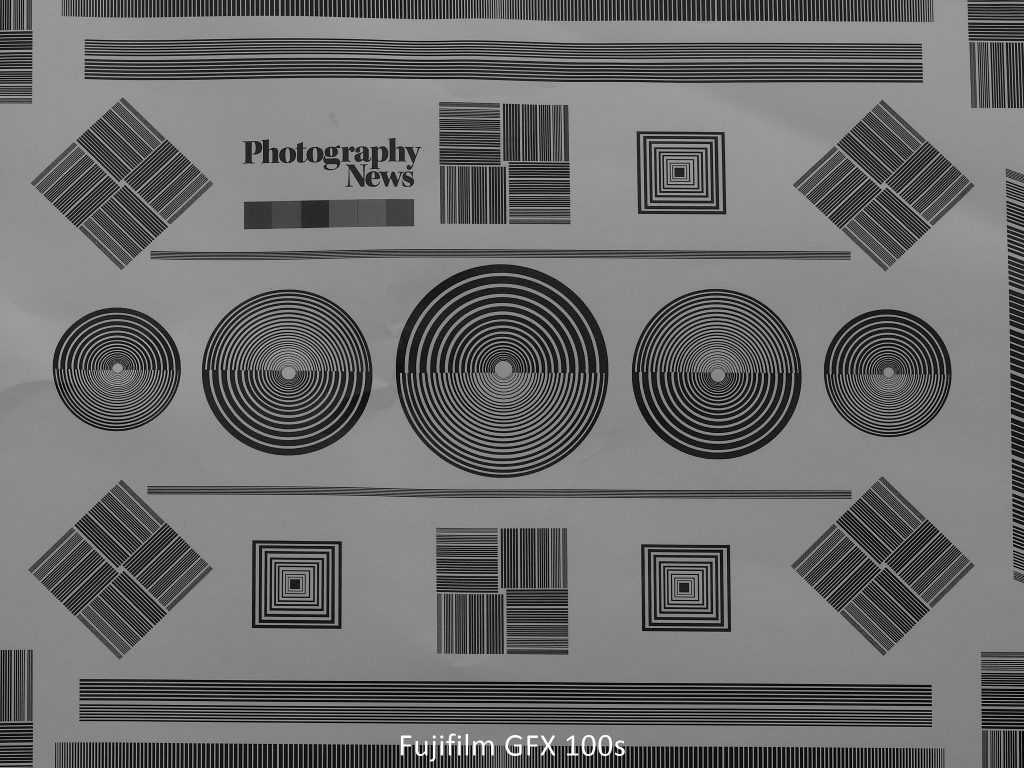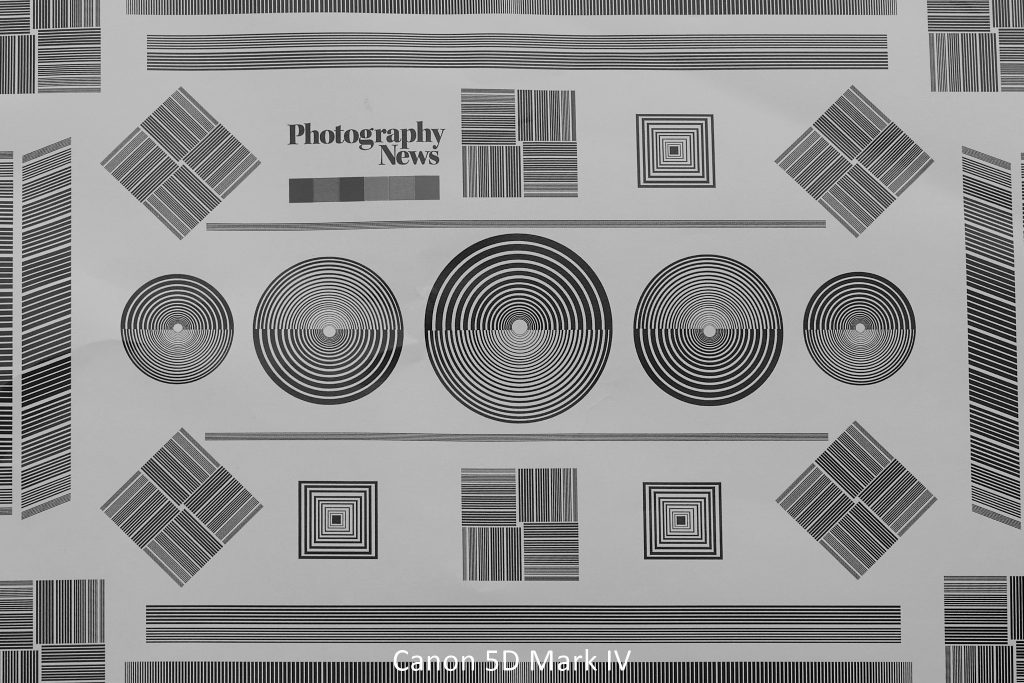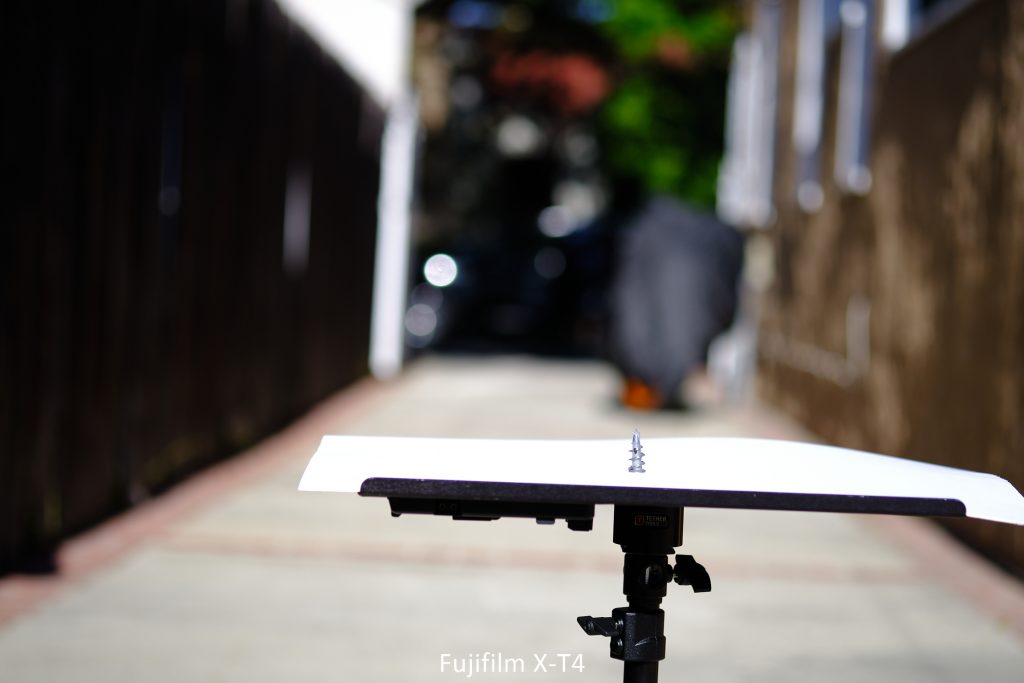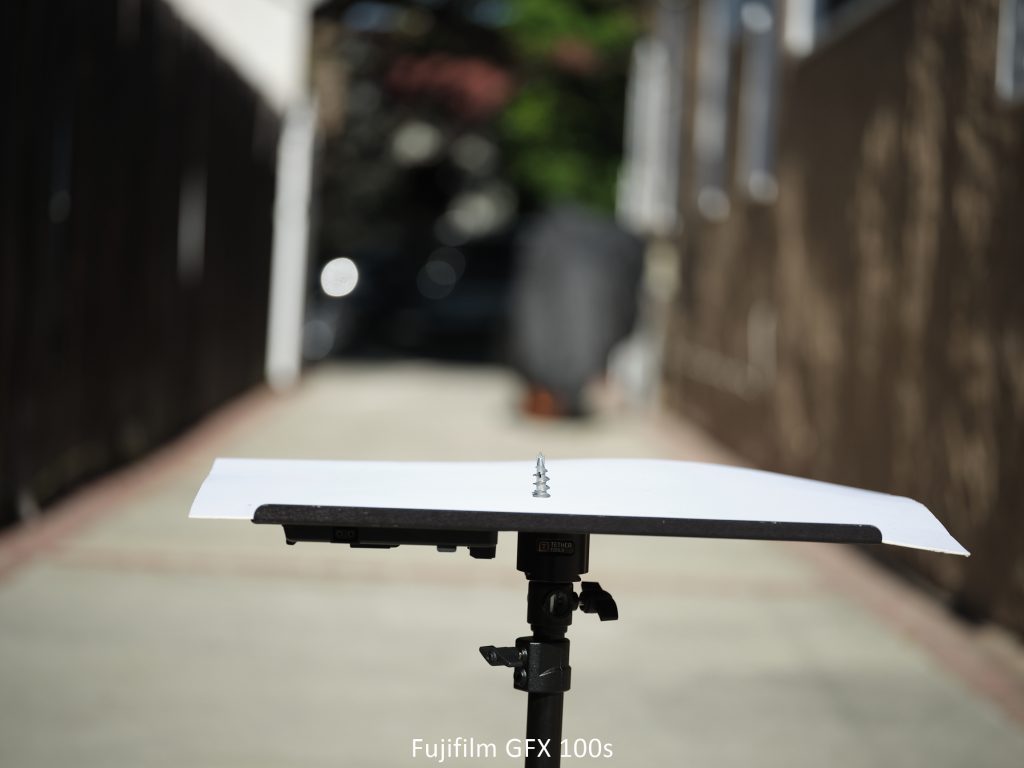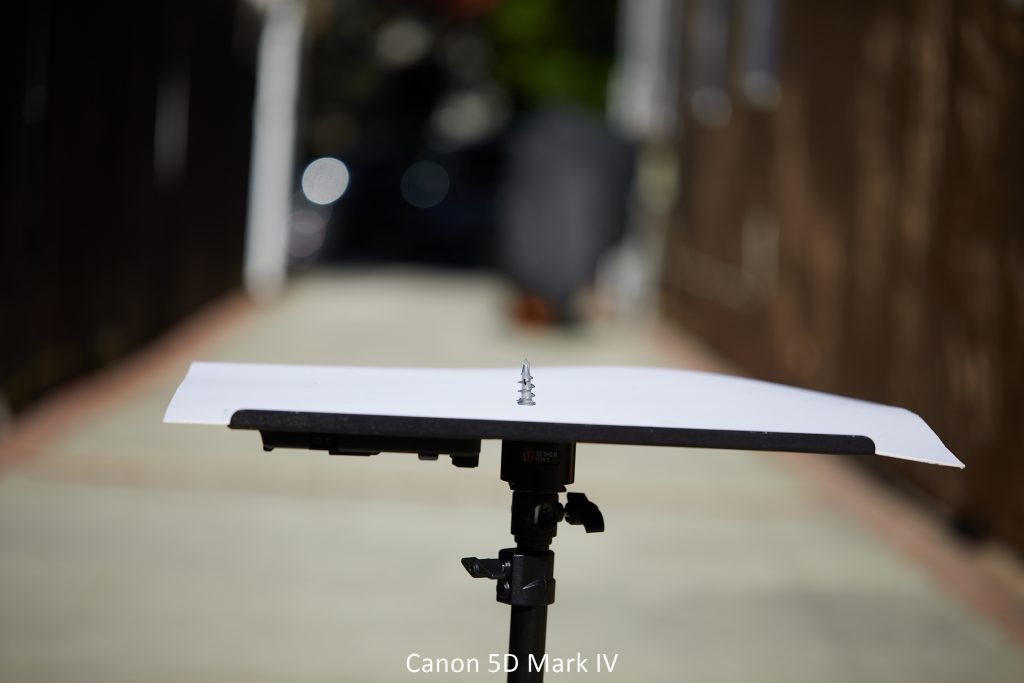Equipment
Investigating the Medium Format Look
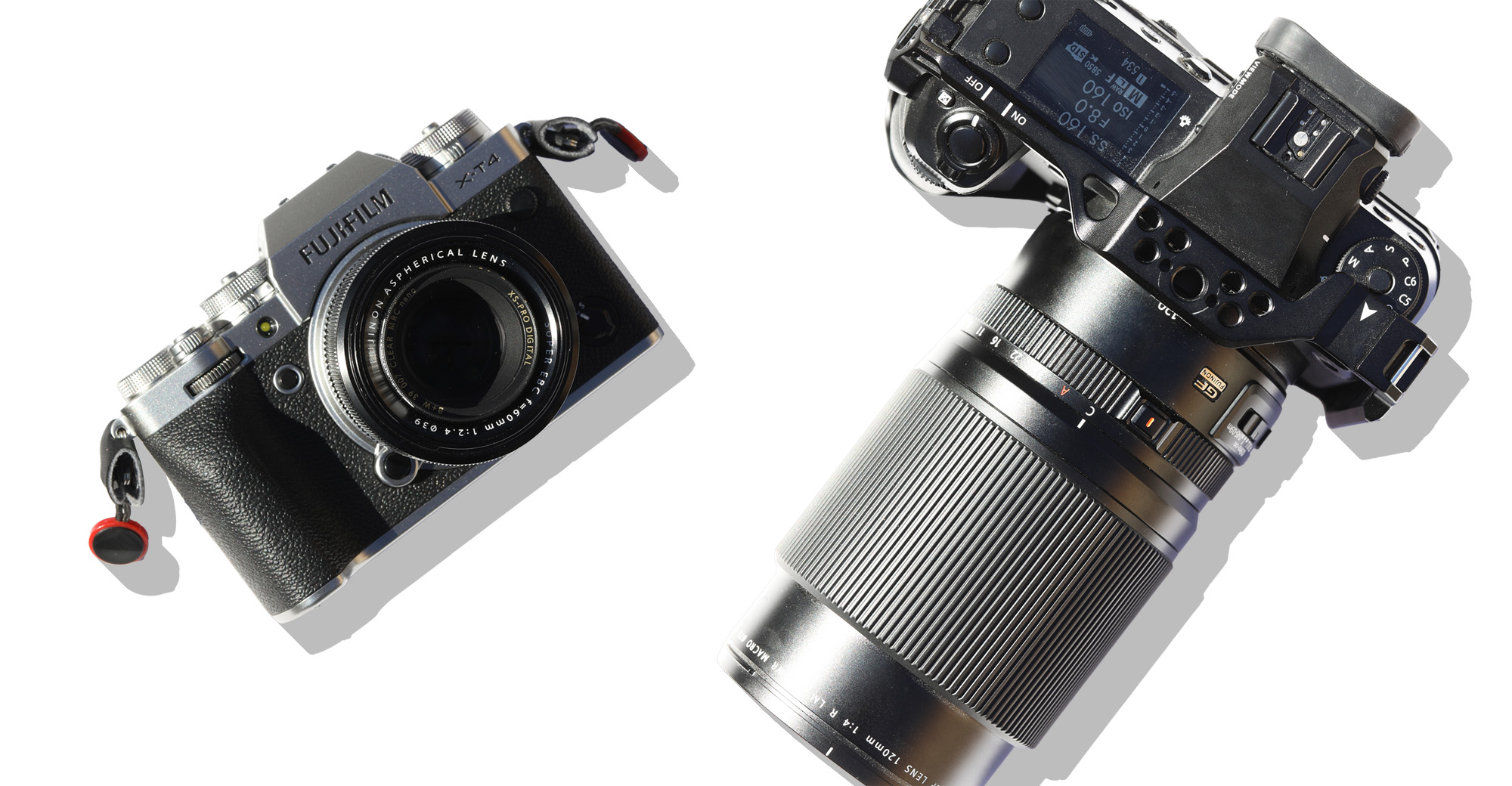
I’ve been a fan of digital medium format for a long time. 10 years in fact, first shooting with a Hasselblad H4-D50C, and then with the PhaseOne IQ250, only to be using my current camera with the Fuji GFX 100S. But my love for medium format has always been with the resolution available in medium format. Sure, there are some advantages to image quality, but one thing that I’ve never understood is the “medium format look”. So I figured it was time to sit down and look for that special sauce that is often talked about when discussing medium format but has never been clear.
I should pretense by saying I’m a very pragmatic shooter these days. Whereas I used to be gear-obsessed when I was starting, I now look at a lot of my gear as functional tools needed to complete a job. And that’s where my start with medium format really developed… I needed a camera for a specific job that required a very high resolution and decided I liked the cropping capabilities that come with shooting at 100mp (though my laptop and hard drive hate it).
The Cameras
For the camera systems, I decided to test the medium format theory with three cameras that I personally own. For medium format, I went with my own Fuji GFX 100S. For the full frame, I went with the Canon 5D Mark IV. And finally, with a crop sensor, I used the Fuji X-T4. Now I know the GFX 100S isn’t a true medium format and is actually a crop sensor medium format at 43.8 x 32.9mm. But the reality is, it is far and away the number one digital medium format sensor size, and finding something that would be full digital medium format would cost me in excess of $40,000 – So we have to work with what we have.
For lenses, I wanted to choose a collection of lenses that are both similar in focal length as well as in purpose – which is pretty difficult to come by, as some math needs to be done to do the crop and medium format sensor conversations. For the Fujifilm GFX 100s, I chose the GF 120mm f/4 Macro lens, which would be equivalent to about 95mm on a full-frame sensor plane. For the Fujifilm X-T4, I decided on the Fuji XF 60mm f/2.4 R Macro, as it converts to 92mm on a full-frame sensor, and is pretty close to where the GF system sits when converted. Finally, since we’re using two macro lenses on the crop sensor and medium format sensor, it made the most sense to equip my Canon 5d Mark IV with the Canon EF 100mm f/2.8 Macro lens. Now that we’ve got our lenses decided, let’s take a look at a few of the tests to see how these camera sensors contrasted in image quality.
Color
The first test that I wanted to conduct on each of these three cameras was a color test. However, color can be manipulated, especially when shooting in RAW, so I decided to shoot this segment in JPEG as it would give me the basic color output for each camera. That should give the most natural colors with each camera’s processing unit, and to conduct this test, I used a color checker, so I can get an accurate readout of very specific colors with each camera.
A few things to note when looking at these images. First, there is a pretty big difference between white balance rendering with each camera, despite having them set to the same setting – another reason why the outer row of this color checker is used to get an equilibrium with white balance. Secondly, I noticed that both the Fuji camera systems have a more vibrant color out of the box, whereas the Canon camera is far more muted in its colors. Of the three cameras, I prefer the vibrancy found in the Fuji’s color rendering, but it really comes down to personal preference – and again, can be manipulated pretty quickly when shooting in RAW.
Sharpness
The second test that I wanted to do was sharpness. However, this test gets far more complicated, because each of the cameras tested has three different resolutions, and thus, the medium format has a pretty good advantage solely because of its larger sensor and higher resolution. I took all three cameras and shot a sharpness graph that I was able to print. From there, I converted the images all to black and white (mostly because there were pretty big differences in auto-white balance between the three), and cropped them into the sheet. As mentioned already, the resolution will give some advantages to the medium format, but decided not to compensate for that, because the 100-megapixel sensor is a huge selling point for the camera system – so let the advantages be advantages.
A lot of variables come into this test, which may be disregarded as inaccurate. Most notably, because each image has been resized for the web, you’re getting scaled images that might help increase sharpness in each of the images – but our blog simply does not allow us to upload images to the size and scale of a 100% resolution. It also brings up an important point, the odds of you seeing example images from a camera at 100% resolution are pretty rare, and since most things are shot for the digital web at this point, this test illustrates the potential sharpness from each camera sensor on that medium pretty well.
Depth of Field
The final test I want to conduct with these cameras is a test of depth of field. For this test, I set up a small table with a drywall screw pointed upright, and through the use of a tripod, and shooting wide open for each camera, I captured the depth of field that correlates with each camera sensor in a static environment. Depth of field changes based on a few variables – aperture, focal length, distance from subject, and total distance of background. Which is why is far easier to calculate your potential depth of field by using a depth of field calculator. Still, here are three examples given the same variables for each.
Despite the differences in lenses and camera sensors, I find the depth of field to be pretty equal between each camera, with again, the Canon bringing more muted tones, whereas the Fujifilm systems offer a more vibrant color palette (particularly the Fuji X-T4). But when it comes to compression, I don’t see a lot of difference in real work practice, though I’d be interested to see your thoughts in the comments below.
Conclusion
So that brings me to the final question, is there a medium format look? In my opinion, not really. Sure there is a certain je ne sais quoi that comes with medium format, and I’m sure if a medium format sensor was put on a highly technical test bench costing hundreds of thousands of dollars, there could be some number readouts along the lines of “medium format is 27% sharper and does a 20% better job rendering color”. But the reality is, more often than not, you’re not going to see an image in its full resolution – especially on the internet. And when it comes to color, color is often manipulated and changed in post-production, so while it’s important to have accurate colors in certain circumstances if they are inaccurate, the color can easily be changed in Photoshop. I do find better color rendering ingredients come from having a higher bitrate of color, but it’s never felt like something that I particularly need in my workflow.
I’m sure there will be plenty of defectors and disagreements in the comments, so I encourage you to do so in the comment section below. But before doing that, I recommend you take our quiz to determine whether or not you can determine what is shot with a Leica Monochrom, and what is not – because it seems more often than not, people are unable to determine the difference. Anyway, thanks for reading.
